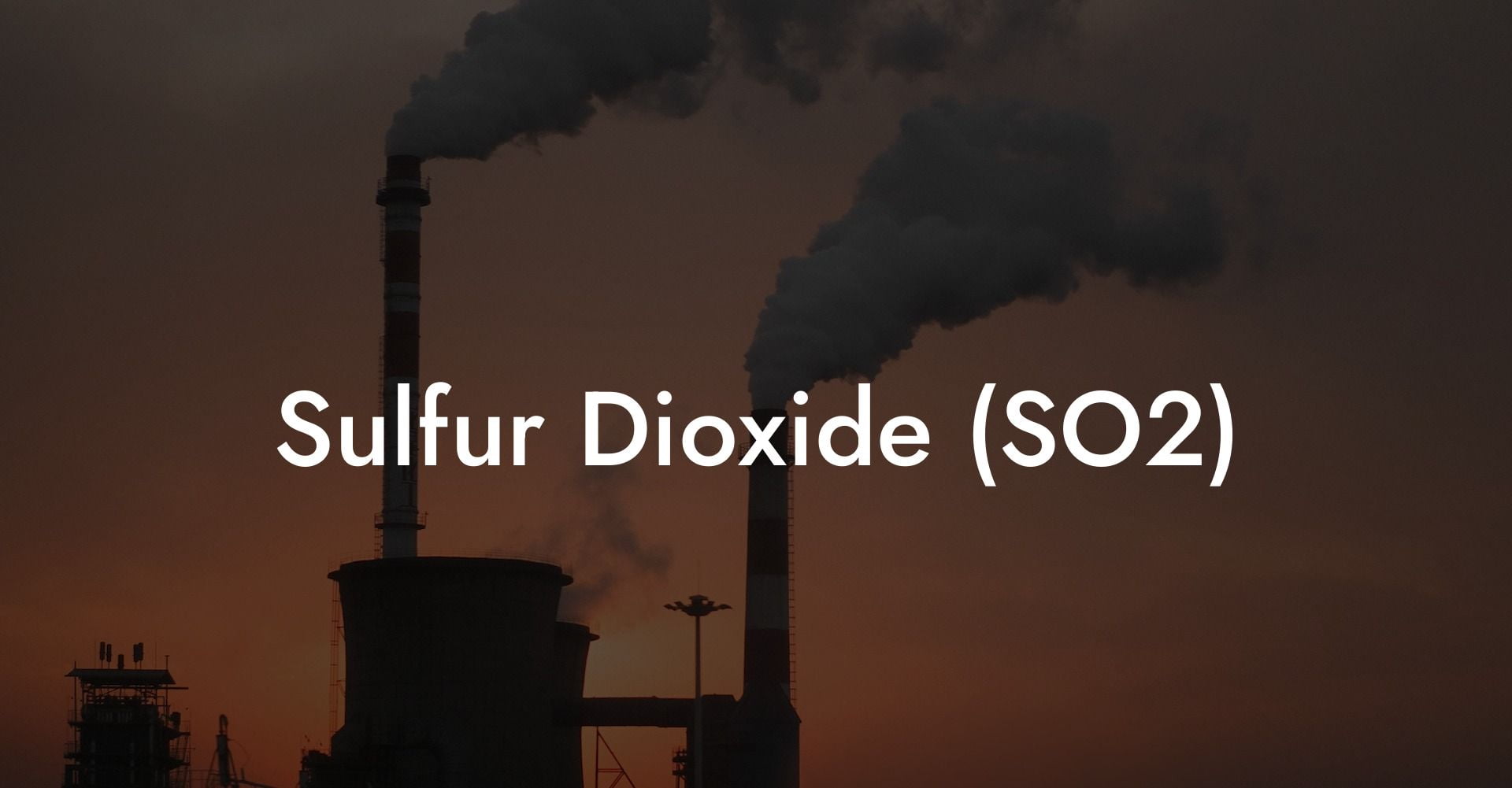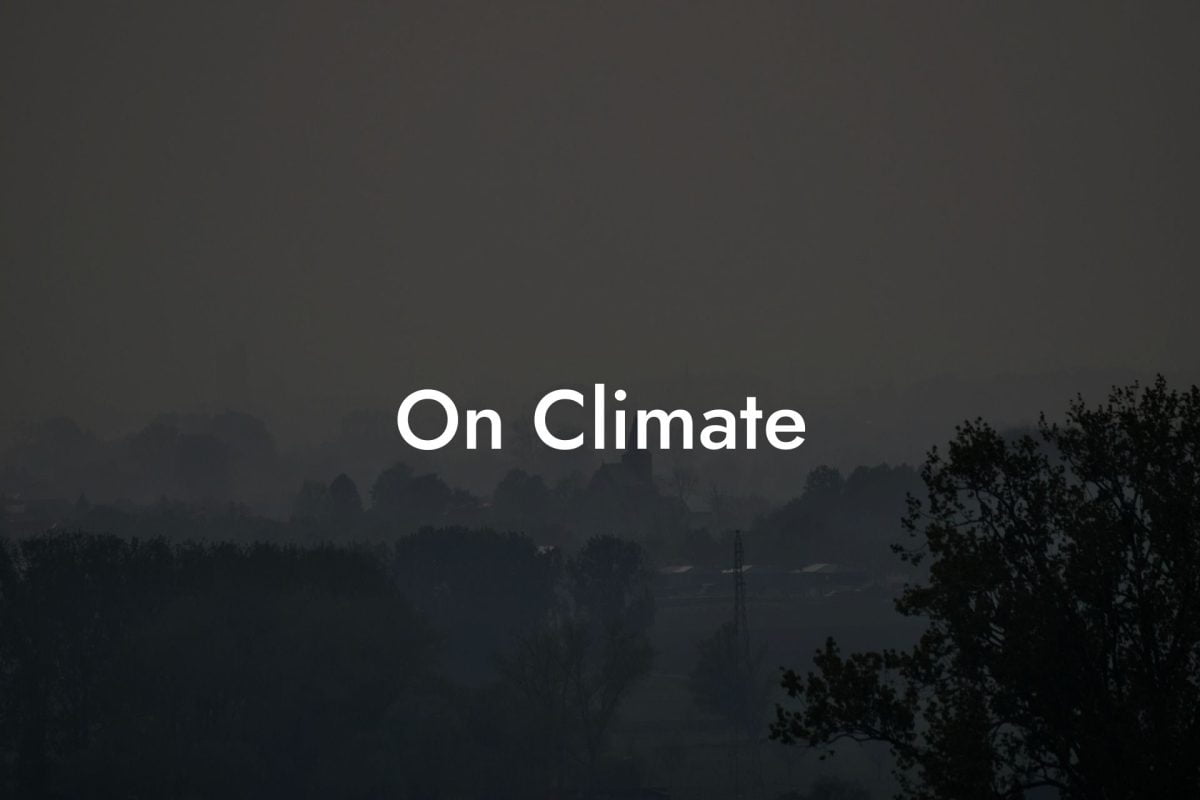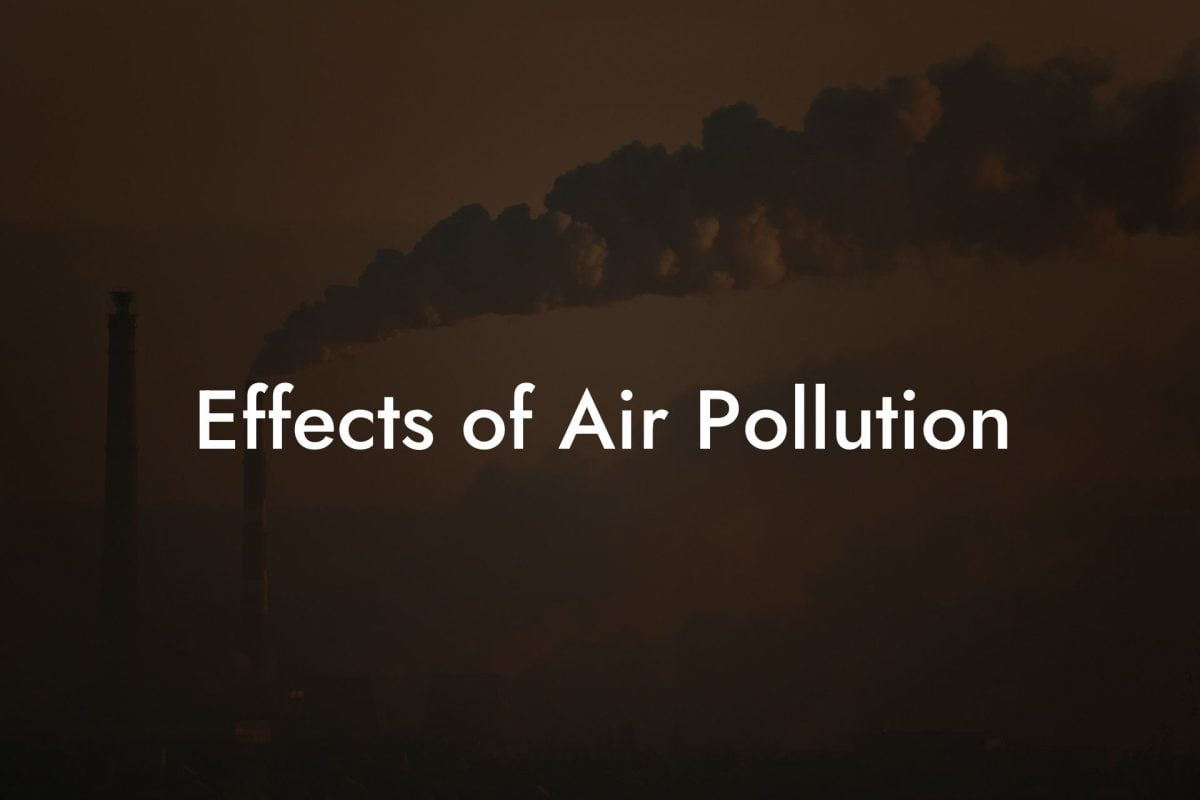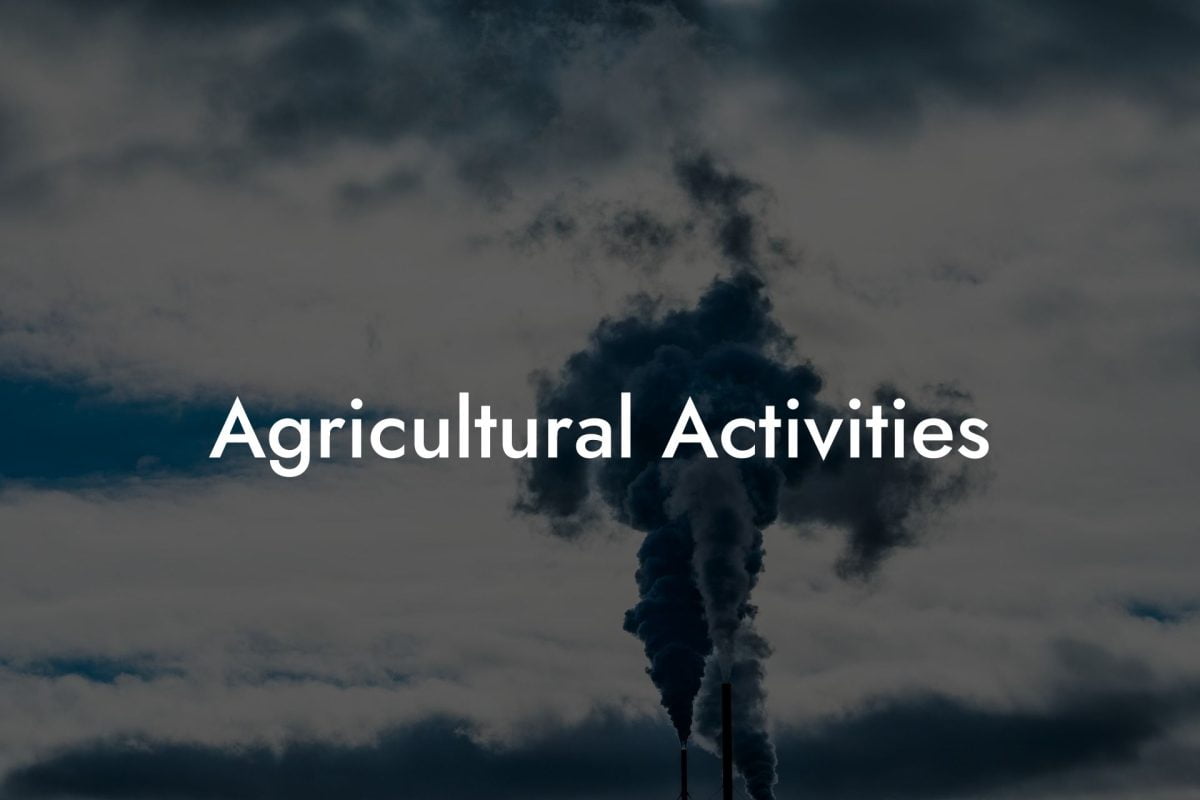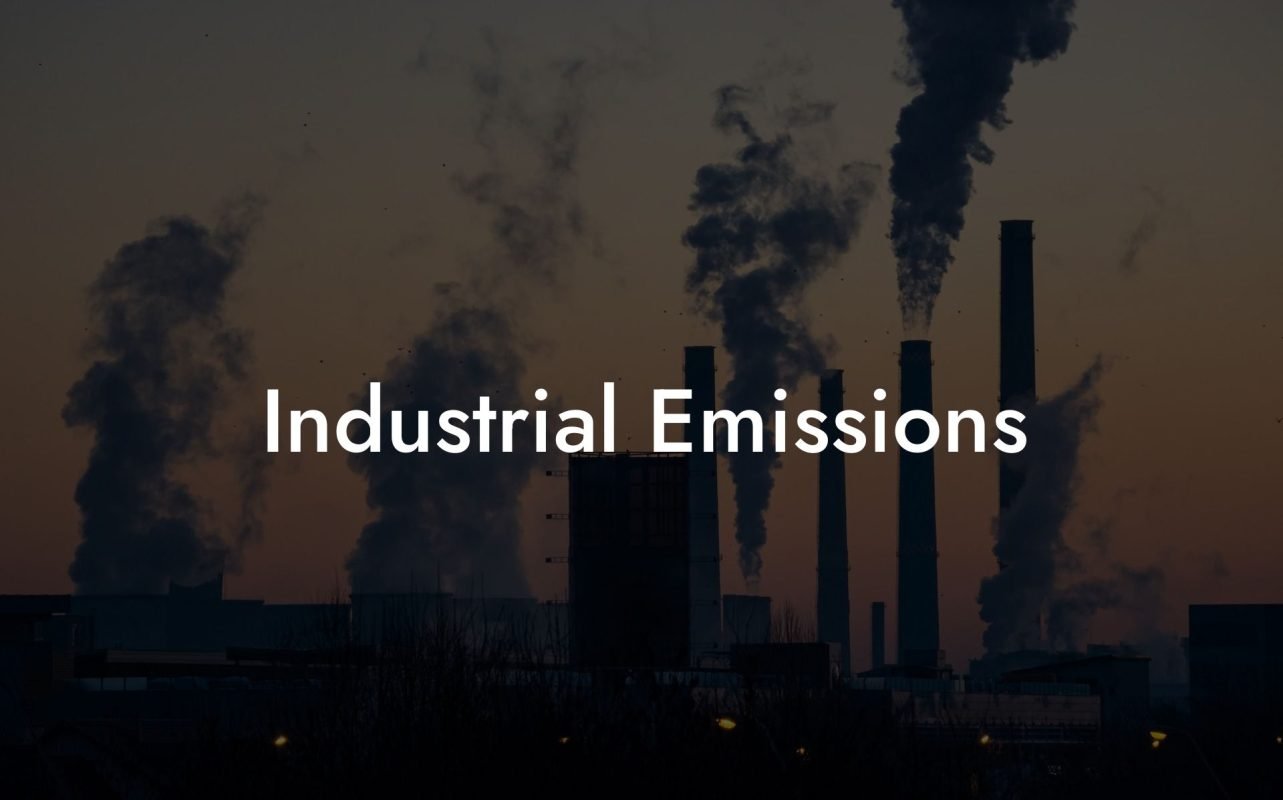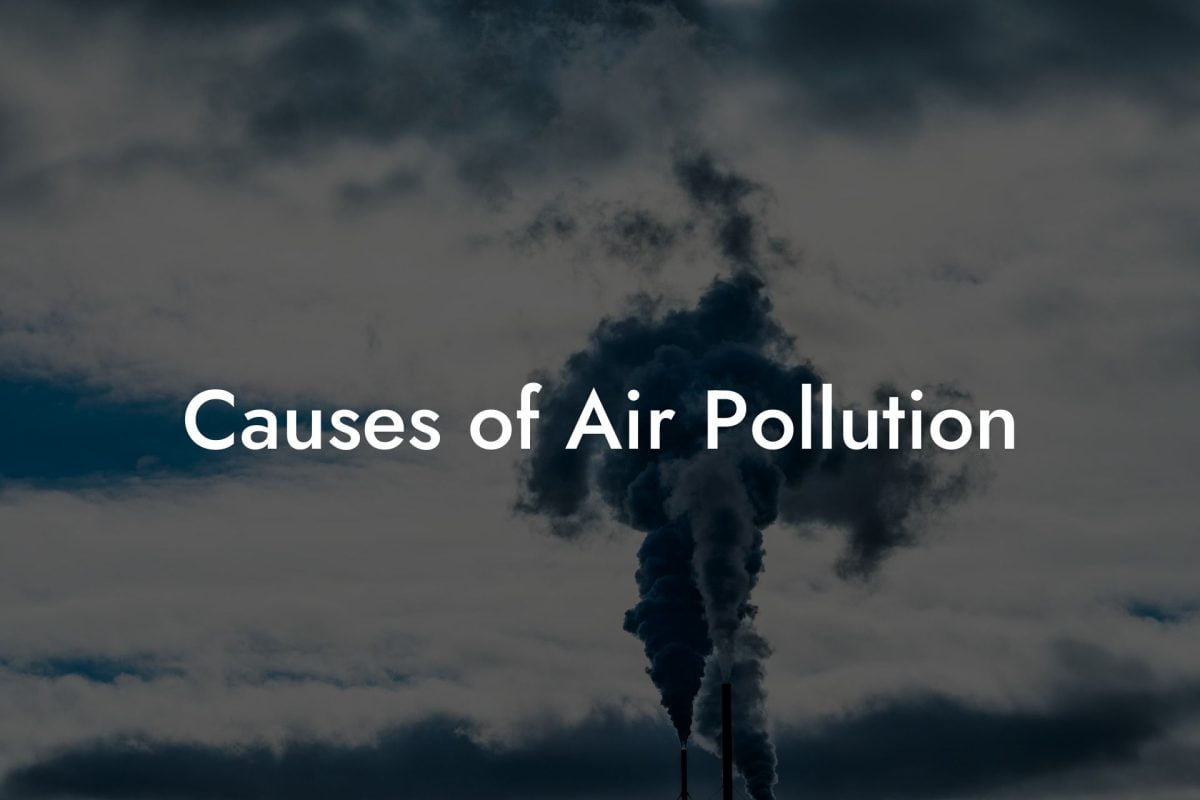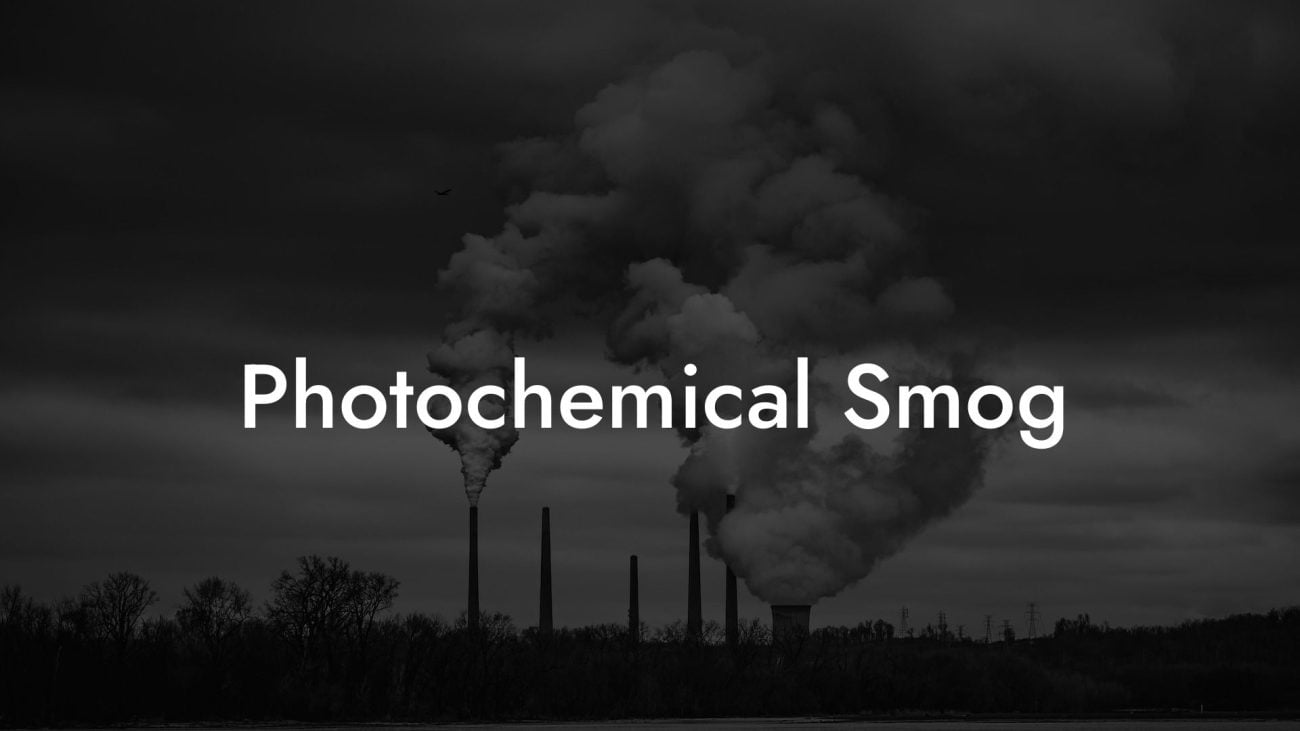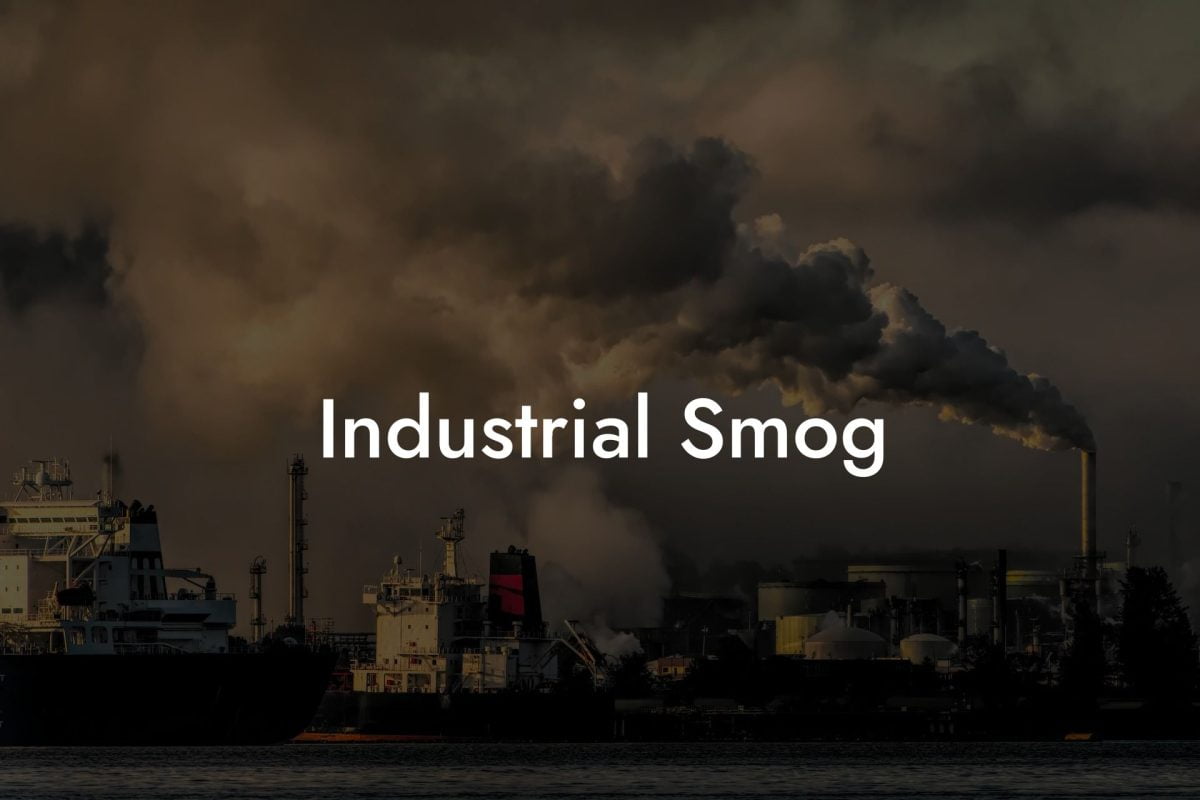Introduction to Sulfur Dioxide
Sulfur dioxide (SO2) is a colorless gas with a sharp, burning smell. It is a significant pollutant in the atmosphere and has profound effects on both health and the environment.
What is Sulfur Dioxide?
SO2 is a chemical compound composed of sulfur and oxygen. It is primarily produced from the burning of fossil fuels (coal and oil) and the smelting of mineral ores that contain sulfur.
Sources of Sulfur Dioxide
Industrial Processes
The majority of SO2 emissions come from power plants and other industrial facilities that burn sulfur-containing fuels.
Volcanic Eruptions
Natural sources like volcanic eruptions also contribute to SO2 emissions, though their overall impact is less compared to human activities.
Impact on Human Health
Respiratory Problems
SO2 can cause throat and eye irritation and exacerbate asthma and chronic bronchitis. Prolonged exposure can lead to respiratory illness and can affect lung function.
Vulnerable Populations
Children, the elderly, and those with pre-existing lung diseases are particularly susceptible to the effects of sulfur dioxide.
Environmental Consequences
One of the most harmful environmental effects of SO2 is its contribution to acid rain, which damages forests, crops, and aquatic systems.
Visibility Reduction
SO2 in the atmosphere can reduce visibility, leading to haze that affects both urban and natural landscapes.
Regulation and Control of SO2
Governments worldwide have established air quality standards to regulate and control SO2 emissions.
Technological Innovations
Advancements in industrial processes, such as flue-gas desulfurization, have significantly reduced SO2 emissions from power plants and factories.
Reducing SO2 Emissions
Switching to Low-Sulfur Fuels
One effective way to reduce SO2 emissions is by switching to lower-sulfur fuels in power plants and vehicles.
Energy Efficiency
Improving energy efficiency in industrial processes and buildings can also help in reducing SO2 emissions.
Monitoring SO2
Regular monitoring of SO2 levels is crucial to assess the effectiveness of control strategies and to ensure public health safety.
The Role of UK Air Pollution
Your Comprehensive SO2 Resource
UK Air Pollution provides extensive data on SO2 levels across all UK locations and postcodes. This makes it an invaluable tool for anyone needing detailed information on SO2 and its impacts.
Why Choose UK Air Pollution?
Our platform offers a professional, engaging, and informative approach to air pollution data. Whether you are involved in research, environmental assessments, or are simply curious about air quality, UK Air Pollution is your ultimate source for detailed SO2 information.
Enhance Your Understanding and Projects
Rely on UK Air Pollution for comprehensive insights into sulfur dioxide pollution. Our database is perfect for all your research projects, product development, and service implementations in the realm of air quality.
Frequently Asked Questions
What is Sulfur Dioxide (SO2)?
Sulfur Dioxide is a colorless gas with a pungent, suffocating odor. It's a chemical compound consisting of sulfur and oxygen and is known for its significant environmental and health impacts.
How is Sulfur Dioxide Produced?
The primary source of SO2 is the burning of fossil fuels by power plants and other industrial facilities. Other sources include volcanoes, biomass burning, and ships that burn high-sulfur fuel.
Why is Sulfur Dioxide Considered a Pollutant?
SO2 is considered a pollutant because it affects both health and the environment. It can lead to acid rain, harm forests and aquatic life, and contribute to the formation of particulate matter that can penetrate deep into the lungs.
What are the Health Effects of Sulfur Dioxide Exposure?
Exposure to SO2 can irritate the respiratory system, particularly for people with asthma or chronic lung conditions. Short-term exposure can result in coughing, mucus secretion, and aggravation of asthma and bronchitis.
How Does Sulfur Dioxide Affect People with Asthma?
People with asthma are particularly sensitive to the effects of SO2. Exposure can trigger asthma attacks and make breathing more difficult by causing the airways to narrow.
Can Sulfur Dioxide Affect the Environment?
Yes, SO2 can have serious environmental effects. It's a precursor to acid rain, which can damage forests, harm aquatic life in rivers and lakes, and erode buildings and monuments.
How is Sulfur Dioxide Measured in the Air?
SO2 is typically measured in parts per million (ppm) or parts per billion (ppb) using air quality monitoring equipment. These measurements are crucial for enforcing environmental regulations and protecting public health.
What are the Safe Levels of Sulfur Dioxide?
Safe levels of SO2 are established by environmental authorities like the Environmental Protection Agency (EPA). These levels are designed to protect public health, including sensitive populations like children and the elderly.
How Does Sulfur Dioxide Contribute to Acid Rain?
When SO2 combines with water vapor in the atmosphere, it forms sulfuric acid, which then falls as acid rain. This rain can have a devastating effect on natural ecosystems and man-made structures.
Are There Any Natural Sources of Sulfur Dioxide?
Yes, natural sources include volcanic eruptions, which can release large quantities of SO2. Other natural sources are minor compared to human-made emissions.
How Can Industrial Emissions of Sulfur Dioxide be Reduced?
Industries can reduce SO2 emissions by using cleaner fuels, installing scrubbers to remove SO2 from exhaust gases, and improving overall energy efficiency.
What Role Does Sulfur Dioxide Play in the Atmosphere?
Apart from being a pollut
ant, SO2 in the atmosphere can affect cloud formation and reflect sunlight, thereby playing a role in climate change. However, these effects are complex and can vary depending on atmospheric conditions.
How Does Sulfur Dioxide Affect Visibility?
High concentrations of sulfur dioxide can contribute to haze and reduced visibility, especially in industrial areas or near power plants.
What Are the Long-Term Effects of Sulfur Dioxide Exposure?
Long-term exposure to sulfur dioxide can lead to respiratory illnesses, such as chronic bronchitis, and can aggravate cardiovascular diseases. It may also lead to changes in lung function and increased susceptibility to respiratory infections.
Can Sulfur Dioxide Impact Indoor Air Quality?
Typically, SO2 is an outdoor air pollutant. However, indoor levels can be elevated in homes using unvented kerosene or gas heaters, or if located near industrial areas with high SO2 emissions.
How Does Sulfur Dioxide Affect Plants and Crops?
Exposure to sulfur dioxide can damage the leaves of plants and crops, hindering photosynthesis and causing widespread damage to agriculture and natural vegetation.
What is Being Done to Monitor Sulfur Dioxide Levels?
Governments and environmental agencies worldwide monitor SO2 levels using ground-based stations and satellite data. This monitoring helps in enforcing air quality standards and issuing health advisories.
How Can the Public Stay Informed About Sulfur Dioxide Levels?
Many governments provide real-time air quality information through websites and mobile apps. These platforms often include data on SO2 levels, helping the public make informed decisions about outdoor activities.
Can Sulfur Dioxide Be Removed from the Atmosphere?
Once emitted, sulfur dioxide can be removed from the atmosphere naturally through dry deposition or can be washed out by rain. However, the most effective way to reduce atmospheric SO2 is to prevent its release.
How Does Sulfur Dioxide Affect People with Chronic Lung Diseases?
Individuals with chronic lung diseases like COPD or emphysema are more susceptible to the harmful effects of SO2. Exposure can exacerbate their conditions, leading to increased medication use, doctor visits, or hospital admissions.
What Are the Economic Impacts of Sulfur Dioxide Pollution?
The economic impacts include healthcare costs due to respiratory and cardiovascular diseases, reduced agricultural yields, and damage to buildings and cultural monuments from acid rain.
What Are the Global Trends in Sulfur Dioxide Emissions?
Globally, SO2 emissions have been decreasing in many developed countries due to stricter environmental regulations and cleaner technologies. However, emissions in some developing countries continue to be a concern.


